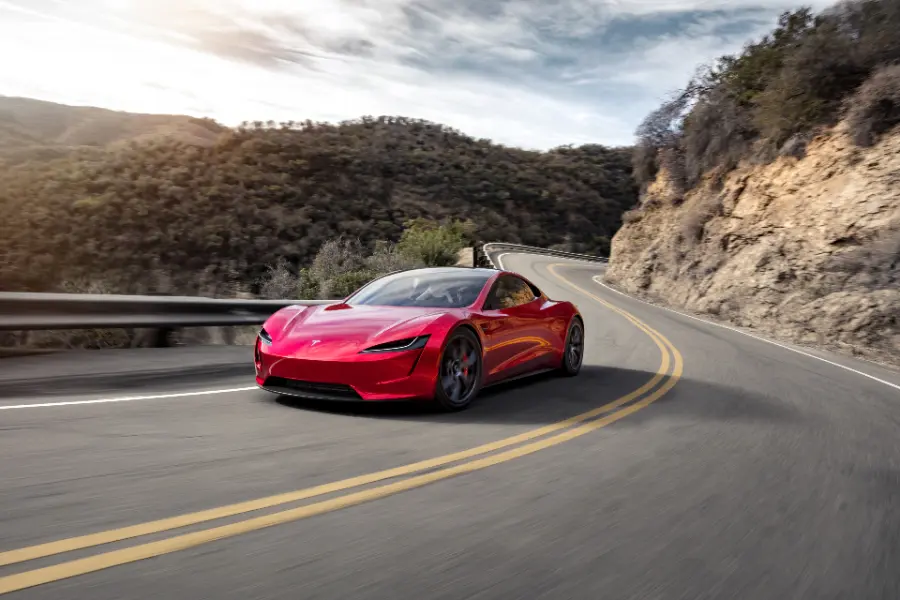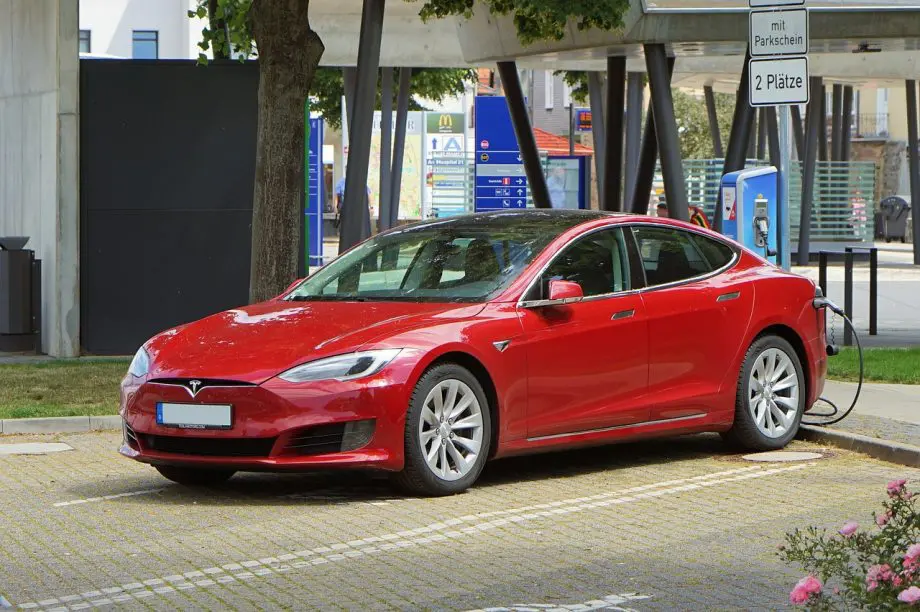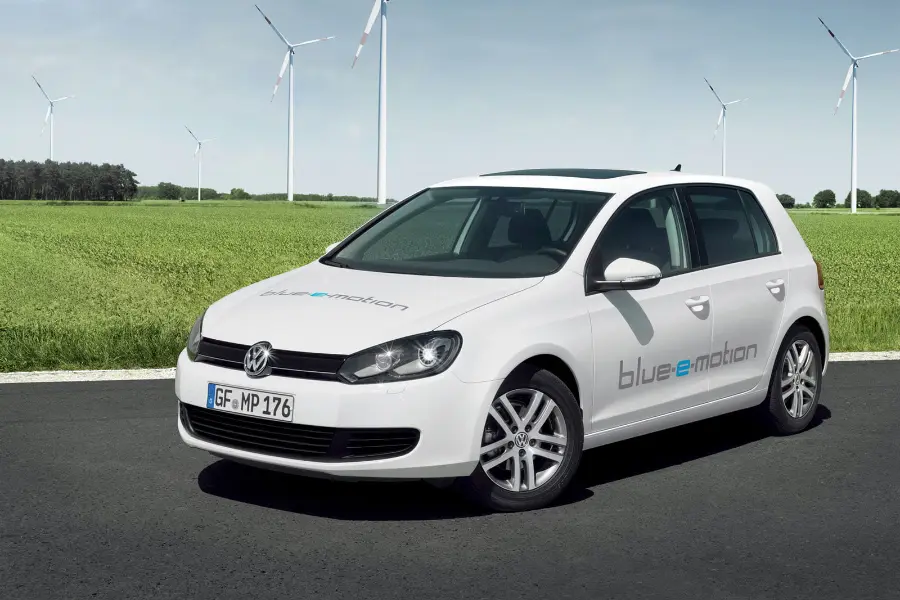
Discover how sustainable cities and electric vehicles are intertwined. Join us as we delve into the future of urban sustainability in our latest post!
Have you ever wondered about the future of our cities? Picture this: Sustainable cities and electric vehicles becoming the new norm.
Imagine bustling streets filled with silent, efficient electric vehicles, contributing to cleaner, greener, and more sustainable urban environments.
In this post, we’re diving into this exciting topic, exploring how electric vehicles are playing a pivotal role in shaping the sustainable cities of tomorrow.
So, buckle up, and let’s embark on this electrifying journey together and find out how electric vehicles are contributing to sustainable cities.
Sustainable Cities and Electric Vehicles
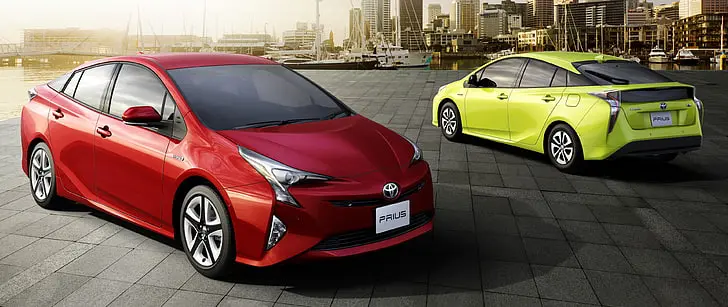
Welcome to a world where sustainable cities and electric vehicles are not just buzzwords, but a reality we’re steadily steering towards.
In this post, we’re going to unpack the concept of sustainable cities, delve into the rise of electric vehicles, and explore their significant impact on urban sustainability.
We’ll also tackle the challenges we face in integrating these two elements and share some inspiring case studies.
And if you’ve got questions, we’ve got answers as our FAQ section covers some common queries.
So, let’s hit the road and navigate this fascinating landscape together!
Definition of Sustainable Cities
Let’s start our journey by understanding what we mean by sustainable cities.
Picture a city where economic, social, and environmental aspects harmoniously coexist.
A city that’s designed with a long-term vision, aiming to reduce its environmental impact while improving the quality of life for its inhabitants.
That, my friends, is a sustainable city. It’s a place where resources are used efficiently, waste is minimized, and green spaces are cherished.
It’s a city that’s not just livable, but lovable.
Role of Electric Vehicles in Sustainable Cities
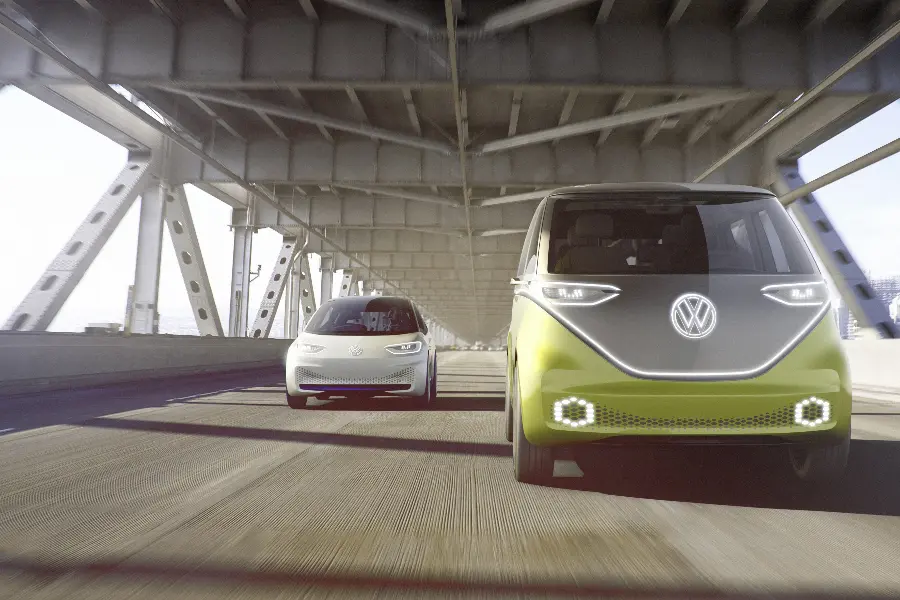
Now, where do electric vehicles fit into this picture? Well, they play a starring role!
Electric vehicles, or EVs as they’re often called, are a game-changer for sustainable cities.
They offer a cleaner, more efficient mode of transportation, helping to reduce greenhouse gas emissions, improve air quality, and even cut down on noise pollution.
Imagine a morning commute without the noise of revving engines or the smell of exhaust fumes.
That’s the kind of change electric vehicles can bring. And it’s not just about the environment.
EVs can also contribute to economic sustainability by reducing fuel costs and creating new jobs in the EV industry.
So, in the grand scheme of sustainable cities, electric vehicles are not just a supporting act – they’re a headline performer.
The Rise of E-Bikes E-Scooters and Mopeds in Sustainable Cities
Let’s not forget about the smaller players in the electric revolution – e-bikes, e-scooters, and electric mopeds.
These compact, electric-powered modes of transport are becoming increasingly popular in sustainable cities around the world.
Why? Well, they’re perfect for those short, inner-city trips, helping to reduce the reliance on cars and consequently, the city’s carbon footprint.
E-bikes and e-scooters are not just eco-friendly, they’re also incredibly practical.
They can zip through traffic, making commuting faster and more efficient. Plus, they’re fun to ride!
They bring a sense of joy and freedom to everyday travel, making the journey just as enjoyable as the destination.

Moreover, the rise of shared e-bike and e-scooter programs in cities worldwide is making these green transport options more accessible to everyone.
So, whether it’s for your daily commute, a trip to the local market, or a leisurely ride in the park, e-bikes and e-scooters are proving to be a valuable addition to the sustainable city transport mix.
Gotrax GXL V2 Electric Scooter, 8.5″ Pneumatic Tire, Max 12 Mile and 15.5Mph Speed
The Concept of Sustainable Cities
Alright, now that we’ve dipped our toes into the world of sustainable cities and electric vehicles, let’s dive a bit deeper, shall we?
When we talk about the concept of sustainable cities, it’s like envisioning a giant, intricate puzzle.
Each piece represents a different aspect of the city, from its buildings and transport systems to its people and the very air they breathe.
And for the city to be truly sustainable, each of these pieces needs to fit together perfectly.
In this section, we’re going to explore what makes a city sustainable and why it’s so important for our future.
So, let’s get started and piece together this fascinating puzzle!
Importance of Sustainability in Urban Planning
Let’s kick things off with a chat about the importance of sustainability in urban planning.
You see, as our cities continue to grow and evolve, so too does the need for careful, thoughtful planning.
And that’s where sustainability comes in.
Sustainable urban planning is all about creating cities that are not only great places to live right now, but that will continue to be great for generations to come.
It’s about making sure our cities are resilient, able to adapt, and thrive in the face of challenges like climate change, population growth, and technological advancements.
But it’s not just about the big picture stuff. Sustainable urban planning also has a direct impact on our day-to-day lives.
It influences everything from the air we breathe and the water we drink, to how we get to work and what we do in our leisure time.
So, when we talk about the importance of sustainability in urban planning, we’re really talking about the importance of creating cities that are healthy, happy, and sustainable both now and in the future.
Key Features of Sustainable Cities
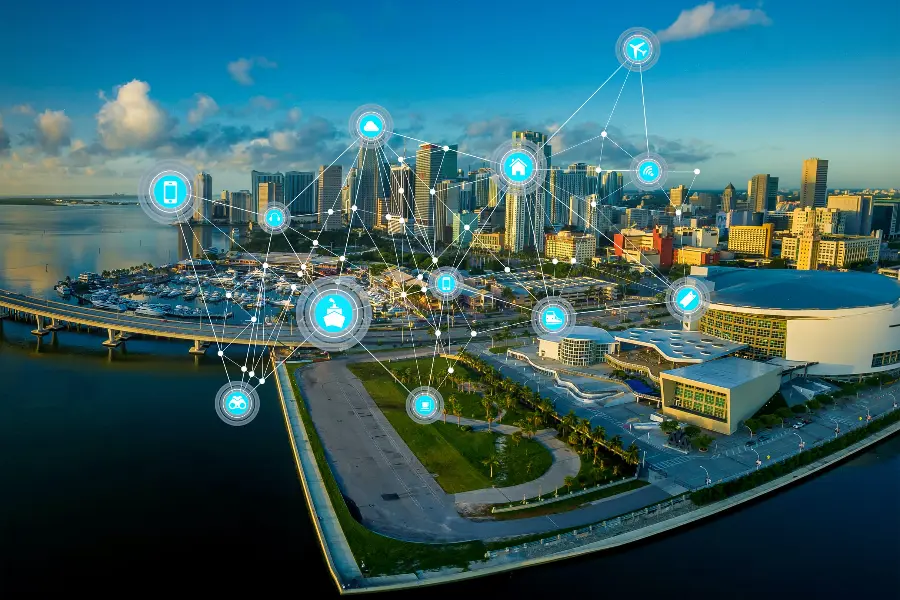
So, what does a sustainable city look like? Well, there’s no one-size-fits-all answer to that question, as each city is unique.
However, there are some key features that sustainable cities tend to have in common.
Firstly, sustainable cities prioritize green spaces. Parks, gardens, and even green roofs and walls can help to improve air quality, provide habitats for wildlife, and enhance the well-being of residents.
Secondly, sustainable cities are energy efficient. This could mean anything from using renewable energy sources, like wind or solar power, to implementing energy-efficient building designs.
Transportation is another key feature of sustainable cities. Remember our friends, the electric vehicles? Well, they’re a big part of this, along with public transport, cycling infrastructure, and pedestrian-friendly streets.
Finally, sustainable cities focus on waste reduction and recycling, aiming to create a circular economy where resources are reused and recycled rather than being thrown away.
These are just a few examples, but hopefully, they give you a sense of what makes a city sustainable.
It’s all about creating places that are not only great to live in, but that also have a positive impact on our planet.
The Emergence of Electric Vehicles

Ready to switch gears and delve into the world of electric vehicles?
The emergence of electric vehicles is a story of innovation, determination, and a drive (pun intended) toward a more sustainable future.
It’s a tale that’s still being written, with new chapters unfolding every day.
In this section, we’re going to take a trip down memory lane to explore the history of electric vehicles, before zooming back to the present to look at the latest trends in EV technology.
So, fasten your seatbelts, and let’s hit the road on this electrifying journey!
Brief History of Electric Vehicles
Let’s start our journey with a little trip back in time. Did you know that the concept of electric vehicles isn’t as modern as you might think?
In fact, the first electric cars were developed way back in the 19th century! Yes, you heard that right.
Before the dominance of gasoline-powered cars, electric vehicles were quite popular, especially in cities, due to their simplicity and quiet operation.
However, with the mass production of cheaper gasoline cars by the likes of Henry Ford, and the discovery of large petroleum reserves, electric vehicles took a backseat.
They experienced a resurgence in interest during the oil crises of the 1970s, but it wasn’t until the turn of the 21st century that things really started to pick up for EVs.
With growing environmental concerns and advancements in battery technology, the 2000s marked a new era for electric vehicles.
Major automakers began producing electric models, and new companies like Tesla entered the scene, pushing the boundaries of what was possible with electric technology.
Current Trends in Electric Vehicle Technology
Fast forward to today, and electric vehicles are experiencing a veritable boom.
So, what are the current trends driving this electric revolution?
One of the most significant trends is the continuous improvement in battery technology.
Modern EVs can travel hundreds of miles on a single charge, and charging times have been drastically reduced.
This is addressing one of the main concerns potential buyers have had about electric vehicles and it’s called range anxiety.
Another trend is the increasing variety of electric vehicles available.
From compact city cars and family SUVs to high-performance sports cars and even electric trucks, there’s now an EV to suit almost every need.
And let’s not forget about the rise of autonomous driving technology.
Many of the leading players in the EV market are also at the forefront of developing self-driving cars, which could revolutionize our transport systems even further.
Finally, there’s a growing trend toward integrating electric vehicles into our wider energy systems.
Think vehicle-to-grid technology, where electric cars can feed power back into the grid during peak times, or the use of car batteries for home energy storage.
These trends are making electric vehicles more accessible, practical, and appealing than ever before.
And with more and more countries setting ambitious targets for phasing out gasoline cars, it seems like the future of transportation is, indeed, electric!
The Impact of Electric Vehicles on Sustainable Cities
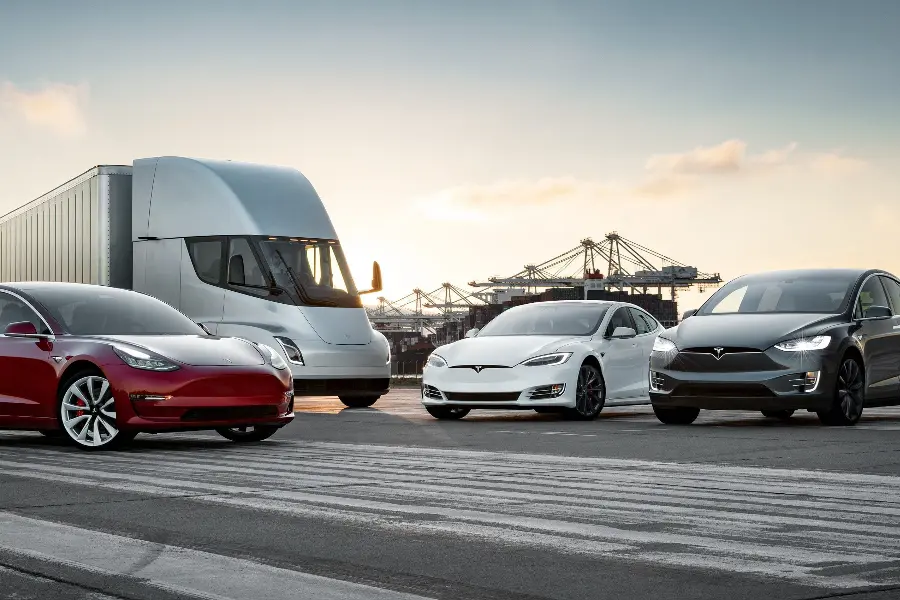
Alright, now that we’ve got a handle on the history and current trends of electric vehicles, let’s shift our focus to their impact.
Specifically, we’re going to explore how electric vehicles are shaping sustainable cities.
It’s like watching a beautiful dance unfold, where each step taken by electric vehicles leads to a more sustainable rhythm in our cities.
From reducing greenhouse gas emissions to improving air quality and even reducing noise pollution, the impact of electric vehicles is far-reaching.
So, let’s dive in and explore how these silent, zero-emission vehicles are making our cities cleaner, quieter, and more sustainable places to live!
Reduction of Greenhouse Gas Emissions
One of the most significant impacts of electric vehicles on sustainable cities is the reduction of greenhouse gas emissions.
Traditional gasoline-powered cars are one of the major contributors to global carbon emissions.
Every time you start the engine, carbon dioxide is released into the atmosphere, contributing to global warming.
Electric vehicles, on the other hand, produce zero tailpipe emissions. That’s right, zero!
This means that for every person who switches from a gasoline car to an electric vehicle, the amount of carbon dioxide released into the atmosphere can be significantly reduced.
And when you multiply that by hundreds, thousands, or even millions of people, the potential for reducing greenhouse gas emissions is huge!
Improvement of Urban Air Quality
But it’s not just about the big global picture. Electric vehicles also have a direct impact on the air quality in our cities.
Traditional cars don’t just emit carbon dioxide, they also release a cocktail of harmful pollutants like nitrogen oxides and particulate matter.
These pollutants can cause a range of health problems, from asthma and allergies to more serious respiratory and cardiovascular diseases.
Electric vehicles, with their zero tailpipe emissions, can help to drastically reduce these pollutants, leading to cleaner, healthier air in our cities.
This is especially important in densely populated urban areas, where traffic congestion can lead to high levels of pollution.
Noise Pollution Reduction
Last but not least, let’s talk about noise. Or rather, the lack of it! One of the often-overlooked benefits of electric vehicles is their quiet operation.
Without a noisy internal combustion engine, electric vehicles can help to significantly reduce noise pollution in our cities.
This might not seem like a big deal, but noise pollution is a serious issue.
It can cause stress, disturb sleep, and even lead to health problems like high blood pressure and heart disease.
By reducing noise pollution, electric vehicles can contribute to a quieter, more peaceful urban environment.
So, whether you’re enjoying a coffee at a sidewalk café or simply trying to get a good night’s sleep, the quiet operation of electric vehicles is something to be thankful for!
Challenges and Solutions in Integrating EVs into Sustainable Cities
Alright, we’ve talked about the many benefits of electric vehicles, but let’s not shy away from the challenges.
Integrating electric vehicles into sustainable cities is not without its hurdles.
From infrastructure to technology and economic factors, there are several pieces of the puzzle that need to fall into place.
But don’t worry, for every challenge, there’s a solution waiting to be discovered.
In this section, we’re going to tackle these challenges head-on and explore some of the innovative solutions that are helping to pave the way for a future where electric vehicles and sustainable cities go hand in hand.
So, let’s roll up our sleeves and get to it!
Infrastructure Challenges and Solutions
One of the biggest challenges in integrating electric vehicles into sustainable cities is infrastructure.
Simply put, we need places to charge all these electric vehicles!
This is especially important in densely populated urban areas, where people may not have access to private garages where they can install their own charging stations.
The solution? A robust network of public charging stations.
Cities around the world are already working on this, installing charging stations in public parking lots, on streets, and at places like shopping centers and airports.
Some cities are even experimenting with innovative solutions like wireless charging roads and solar-powered charging stations!
Technological Challenges and Solutions
On the technology front, one of the main challenges is range anxiety, the fear that an electric vehicle won’t have enough range to get to the destination.
While modern electric vehicles have much-improved range, it’s still a concern for many potential buyers.
The solution here lies in ongoing technological advancements.
Battery technology is improving all the time, with new developments promising longer ranges and faster charging times.
There’s also a lot of research going into alternative technologies, like hydrogen fuel cells, which could offer even greater ranges.
Economic Challenges and Solutions
Finally, let’s talk about the economic challenges. Right now, electric vehicles are often more expensive upfront than their gasoline counterparts.
This can be a significant barrier for many people, even if the running costs of electric vehicles are usually lower.
The good news is that the costs of electric vehicles are coming down, thanks to economies of scale and advancements in technology.
There are also various incentives available, like tax credits and grants, which can help to offset the upfront cost.
Plus, some innovative solutions are being explored, like battery leasing and vehicle-to-grid systems, which could help to make electric vehicles more economically viable.
So, while there are certainly challenges in integrating electric vehicles into sustainable cities, there are also plenty of solutions.
And with the right combination of innovation, investment, and policy, these challenges can be overcome.
Case Studies of Sustainable Cities Embracing Electric Vehicles
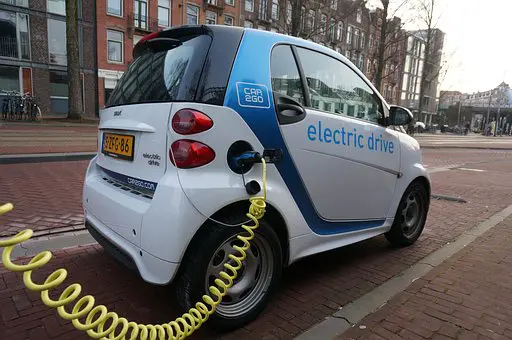
Alright, we’ve talked about the theory, now let’s see it in action! There’s nothing like a good case study to bring all these concepts to life, right?
Across the globe, there are cities that are leading the way in embracing electric vehicles and paving the path toward a sustainable future.
In this section, we’re going to take a closer look at a couple of these trailblazers.
We’ll explore the steps they’ve taken, the challenges they’ve overcome, and the successes they’ve achieved.
So, let’s pack our bags and embark on a virtual tour of sustainable cities embracing electric vehicles!
Case Study 1: Amsterdam, The Netherlands
Our first stop takes us to the charming city of Amsterdam, known for its picturesque canals, historic buildings, and now, its commitment to electric vehicles.
Amsterdam has been a pioneer in promoting electric transportation, with a strong focus on creating a robust charging infrastructure.
The city has installed thousands of public charging stations, ensuring that residents never have to go far to find a place to charge their electric vehicles.
And they’re not stopping there. The city has set an ambitious goal to be emission-free by 2030, which includes plans to only allow emission-free vehicles in the city by this date.
Amsterdam’s approach shows how a strong commitment to infrastructure can help to promote the adoption of electric vehicles.
It’s a great example of a city that’s not just talking the talk, but walking the walk (or should we say, driving the drive?) when it comes to sustainable transportation.
Case Study 2: Shenzhen, China
Next, let’s jet off to Shenzhen, China. This bustling metropolis is a global leader in electric transportation, particularly when it comes to public transit.
In fact, Shenzhen was the first city in the world to fully electrify its bus fleet and that’s over 16,000 buses!
But it’s not just about buses. Shenzhen also has thousands of electric taxis, and they’re working on expanding their network of charging stations to support private electric vehicles as well.
Commuters also zip through the city on e-bikes, e-scooters, and electric mopeds too.
Shenzhen’s success with electric buses shows that electric vehicles aren’t just for personal use.
They can also play a significant role in public transit, helping to reduce emissions on a large scale.
It’s a powerful reminder that when it comes to sustainable cities and electric vehicles, the possibilities are truly endless.
Now that we’ve seen how some cities are embracing electric vehicles, let’s turn our gaze to the horizon and explore what the future might hold.
The marriage of sustainable cities and electric vehicles is still in its early days, and there’s a lot of exciting potential yet to be realized.
From new technologies and innovations to policy changes and societal shifts, the future prospects of electric vehicles in sustainable cities are as electrifying as the vehicles themselves.
So, let’s rev up our imaginations and take a peek into the future of sustainable urban transportation!
Predicted Trends and Developments
As we look toward the future, there are several trends and developments that are likely to shape the role of electric vehicles in sustainable cities.
Firstly, we can expect to see continued advancements in electric vehicle technology.
This includes improvements in battery technology, which will lead to longer ranges and faster charging times.
We’re also likely to see the development of new types of electric vehicles, including electric trucks and buses, and even electric planes and boats!
Secondly, we can expect to see a continued shift in societal attitudes toward electric vehicles.
As more people become aware of the environmental benefits of electric vehicles, and as these vehicles become more affordable and convenient to use, it’s likely that we’ll see a significant increase in the adoption of electric vehicles.
Finally, we can expect to see changes in policy and regulation that support the adoption of electric vehicles.
This could include things like incentives for buying electric vehicles, regulations that require new homes and buildings to be equipped with charging infrastructure, and even bans on the sale of new gasoline and diesel vehicles.
Potential Impact on Urban Sustainability
So, what does all this mean for the sustainability of our cities? Well, the potential impact is huge!
With more electric vehicles on the roads, we can expect to see significant reductions in greenhouse gas emissions and air pollution.
This will not only help to mitigate climate change, but it will also lead to healthier, cleaner air in our cities.
The widespread adoption of electric vehicles could also lead to changes in our urban landscapes.
For example, we might see more green spaces, as less land is needed for roads and parking lots.
We might also see changes in the way our cities are designed, with more emphasis on pedestrian-friendly streets and public transit.
And let’s not forget about the economic impact.
The shift towards electric vehicles is likely to create new jobs in manufacturing, infrastructure, and services, contributing to the economic sustainability of our cities.
In short, the future prospects of electric vehicles in sustainable cities are bright.
With the right mix of technology, policy, and societal change, electric vehicles have the potential to play a key role in creating sustainable, livable cities for the future.
Sustainable Cities and Electric Vehicles FAQs
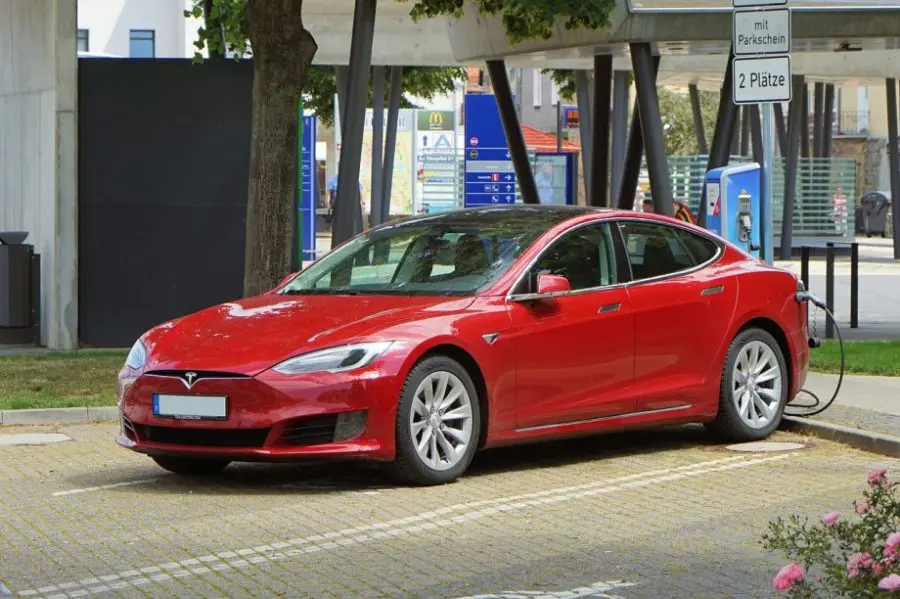
Alright, we’ve covered a lot of ground, haven’t we? But we know that with a topic as broad and exciting as sustainable cities and electric vehicles, there are bound to be questions.
That’s why we’ve dedicated this section to answering some of the most frequently asked questions about electric vehicles and their role in sustainable cities.
From their impact on sustainable development to the reasons behind their increasing popularity, we’ve got you covered. So, let’s dive into these questions and quench our thirst for knowledge!
Q: How do electric vehicles affect sustainable development?
A: Electric vehicles play a significant role in sustainable development by reducing greenhouse gas emissions and air pollution.
They use renewable energy sources, which helps to reduce our reliance on fossil fuels.
This not only helps to mitigate climate change but also leads to cleaner, healthier air in our cities.
Additionally, the shift towards electric vehicles can stimulate economic growth by creating new jobs in manufacturing, infrastructure, and services.
Q: How are electric vehicles sustainable?
A: Electric vehicles are considered sustainable for a few key reasons.
Firstly, they produce zero tailpipe emissions, which helps to reduce air pollution and greenhouse gas emissions.
Secondly, they are powered by electricity, which can be generated from renewable sources like wind and solar power.
Finally, electric vehicles are more energy-efficient than gasoline cars, meaning they use less energy to travel the same distance.
Q: Why are electric cars good for the community?
A: Electric cars offer several benefits to the community. They help to improve air quality by reducing air pollution, which can lead to health benefits for residents.
They also contribute to noise reduction, creating quieter, more peaceful urban environments.
Furthermore, the shift towards electric vehicles can stimulate local economies by creating jobs and potentially reducing transportation costs.
Q: Why are EVs more efficient in the city?
A: Electric vehicles are particularly efficient in city driving conditions for a couple of reasons.
Firstly, they have regenerative braking systems, which recover energy that would otherwise be lost during braking and convert it back into electricity.
This is particularly beneficial in city driving, where there’s a lot of stop-and-go traffic.
Secondly, electric vehicles don’t waste energy idling like gasoline cars do, which again is a big advantage in city traffic.
Q: What is keeping some people from buying EVs?
A: There are a few common barriers that can keep people from buying electric vehicles.
One is the upfront cost, which can be higher than for comparable gasoline cars, although this is offset over time by lower running costs.
Another is range anxiety, the fear that the vehicle will run out of charge before reaching its destination, although this is becoming less of an issue as battery technology improves and charging infrastructure expands.
Finally, some people may be unsure about the availability and convenience of charging stations, particularly if they don’t have the ability to install a charger at home.
Sustainable Cities and EVs Conclusion
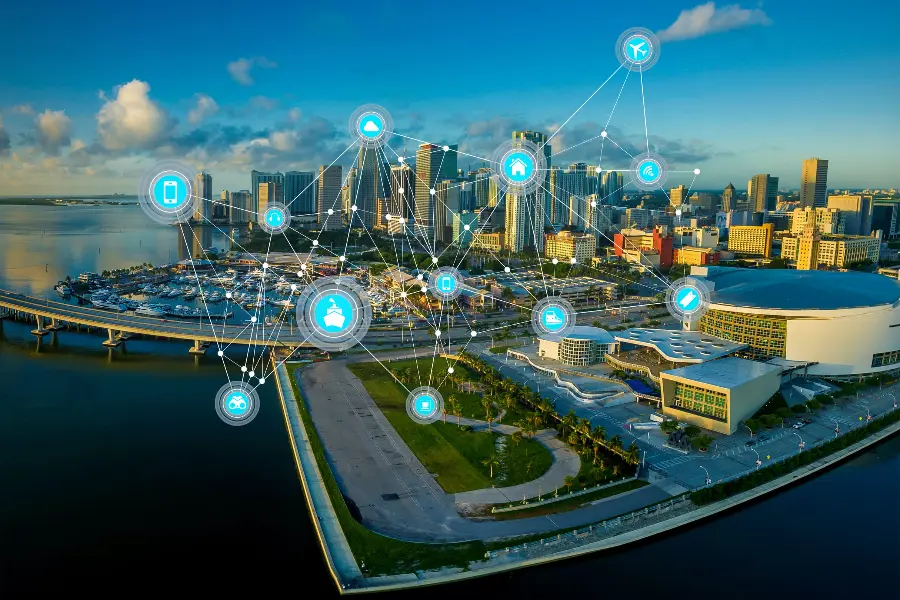
Wow, what a journey we’ve been on, exploring the fascinating world of sustainable cities and electric vehicles!
We’ve delved into the past, explored the present, and even taken a peek into the future. But as with all good things, it’s time to wrap up our exploration.
In this concluding section, we’ll recap the key points we’ve covered and look ahead to the exciting potential of electric vehicles in shaping our sustainable cities.
So, let’s put the pedal to the metal one last time and bring this electrifying journey to a close!
Recap of Sustainable Cities and EVs
We started our journey by defining what sustainable cities are and the role electric vehicles play in them.
We learned that sustainable cities aim to minimize their environmental impact, improve the quality of life for their residents, and create economic opportunities.
Electric vehicles, with their zero emissions and efficient use of energy, are a key piece of the puzzle in achieving these goals.
We then delved into the history and current trends of electric vehicles, exploring how they’ve evolved over time and the exciting advancements in technology that are happening right now.
We also looked at the impact of electric vehicles on sustainable cities, from reducing greenhouse gas emissions and improving air quality to reducing noise pollution.
We also tackled the challenges of integrating electric vehicles into sustainable cities, from infrastructure and technology to economic factors,
We explored some of the solutions that are being implemented to overcome these challenges.
Finally, we took a tour of some cities that are leading the way in embracing electric vehicles and looked at the future prospects of electric vehicles in sustainable cities.
Future Prospects for Electric Vehicles and Smart Cities
Looking ahead, the future of electric vehicles in sustainable cities is bright.
With ongoing advancements in technology, shifts in societal attitudes, and supportive policies and regulations, we can expect to see an increasing number of electric vehicles on our roads.
This will not only help to reduce greenhouse gas emissions and air pollution, but it will also lead to changes in our urban landscapes, with more green spaces and pedestrian-friendly streets.
The shift towards electric vehicles is also likely to stimulate economic growth, creating new jobs and opportunities.
In conclusion, electric vehicles have a significant role to play in the development of sustainable cities.
They offer a way to reduce our environmental impact, improve the quality of life for city residents, and create economic opportunities.
With the right mix of technology, policy, and societal change, the future of sustainable cities and electric vehicles is full of promise.




